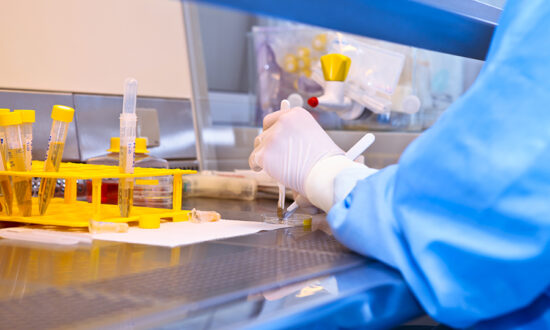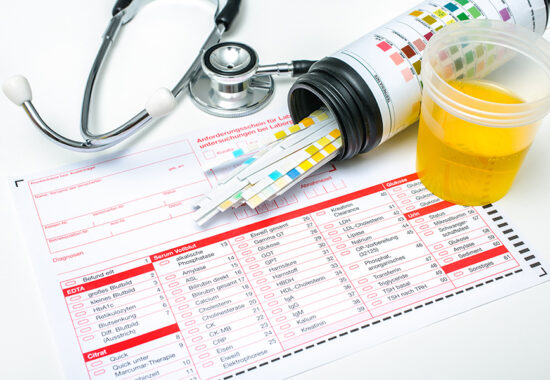A urinalysis is a group of physical, chemical, and microscopic tests. The tests detect and/or measure several substances in the urine, such as byproducts of normal and abnormal metabolism, cells, cellular fragments, and bacteria.
Urine is produced by the kidneys, two fist-sized organs located on either side of the spine at the bottom of the ribcage. The kidneys filter wastes out of the blood, help regulate the amount of water in the body, and conserve proteins, electrolytes, and other compounds that the body can reuse. Anything that is not needed is eliminated in the urine, traveling from the kidneys through ureters to the bladder and then through the urethra and out of the body. Urine is generally yellow and relatively clear, but each time a person urinates, the color, quantity, concentration, and content of the urine will be slightly different because of varying constituents.
Many disorders may be detected in their early stages by identifying substances that are not normally present in the urine and/or by measuring abnormal levels of certain substances. Some examples include glucose, protein, bilirubin, red blood cells, white blood cells, crystals, and bacteria. They may be present because:
- There is an elevated level of the substance in the blood and the body responds by trying to eliminate the excess in the urine.
- Kidney disease is present.
- There is a urinary tract infection present, as in the case of bacteria and white blood cells.



